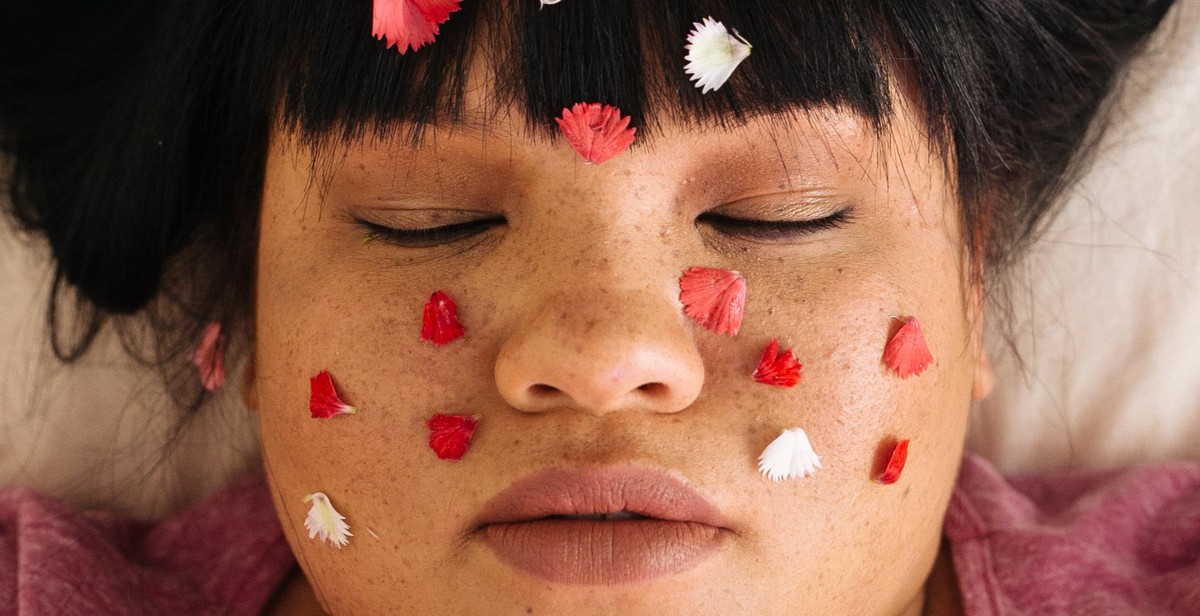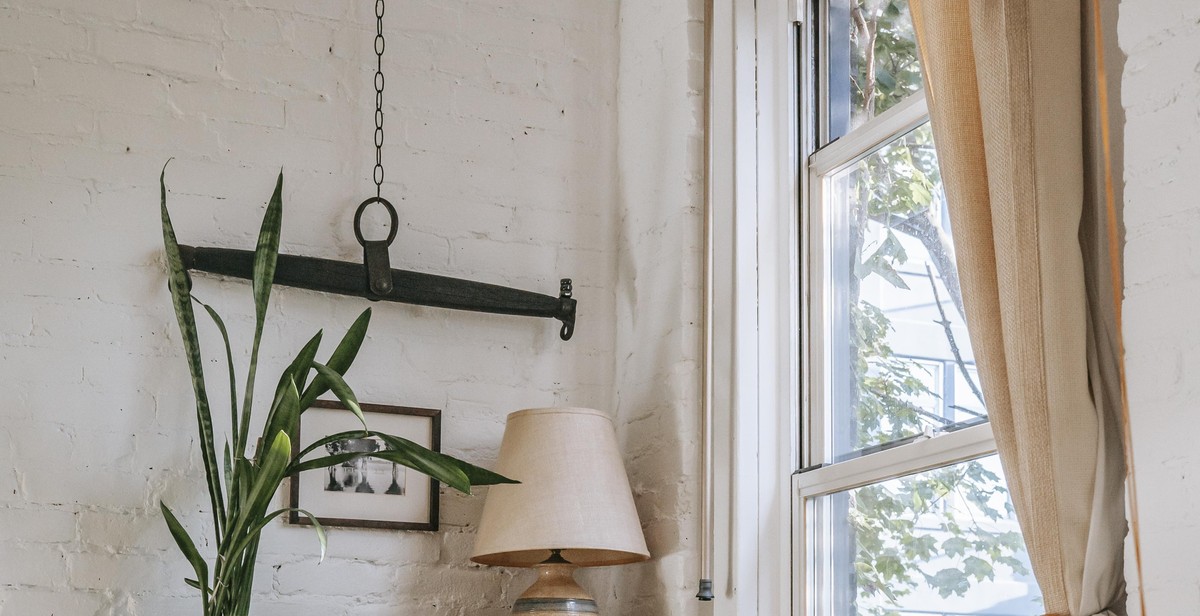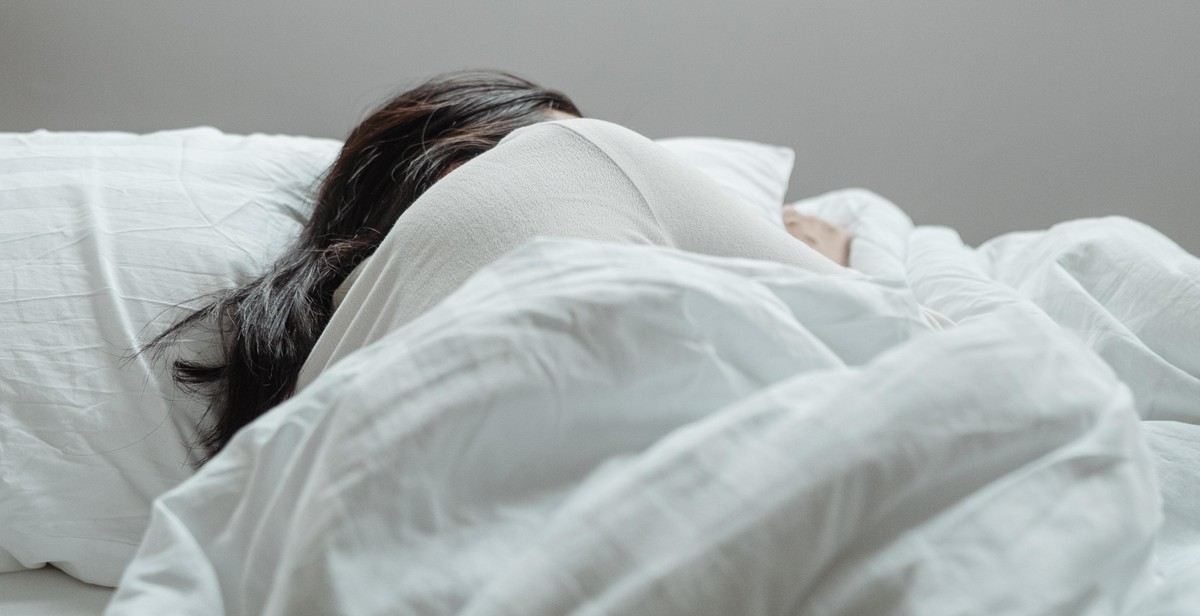How to Create a Dream-like Ambience in Your Bedroom: Enhancing Relaxation and Sleep Quality
Did you know that the environment you sleep in can have a significant impact on the quality of your sleep? Your bedroom should be a sanctuary for relaxation and restful sleep, and creating a dream-like ambience can help achieve this. A dream-like ambience in your bedroom can enhance relaxation and sleep quality by reducing stress, anxiety, and distractions that can interfere with your sleep.
Why a Dream-like Ambience is Important for Your Bedroom
Your bedroom should be a place where you can relax and unwind after a long day, and a dream-like ambience can help achieve this. A dream-like ambience can be created by incorporating elements that promote relaxation and calmness, such as soft lighting, soothing colors, and comfortable bedding. When you create a dream-like ambience in your bedroom, you can reduce stress and anxiety levels, which can help you fall asleep faster and stay asleep longer.
Creating a dream-like ambience in your bedroom doesn’t have to be complicated or expensive. With a few simple changes, you can transform your bedroom into a peaceful sanctuary that promotes relaxation and restful sleep.

Step 1: Choose the Right Color Scheme
Colors have a significant impact on our mood and emotions. Choosing the right color scheme for your bedroom can help you create a dream-like ambience that enhances relaxation and sleep quality. Here are some tips on how to choose the right color scheme for your bedroom:
Consider Your Personal Style
Your bedroom should reflect your personal style and taste. Think about the colors that you are naturally drawn to and the ones that make you feel calm and relaxed. If you are unsure about which colors to choose, start with neutral colors like white, beige, or gray. These colors are versatile and can be paired with accent colors to create a cohesive look.
Understand How Colors Affect Your Mood
Colors can have a powerful effect on our mood and emotions. For example, blue is known for its calming and soothing properties, while red can be energizing and stimulating. Green is associated with nature and can create a sense of tranquility and balance. Yellow is a cheerful and uplifting color that can promote happiness and positivity. Consider the mood you want to create in your bedroom and choose colors that align with that goal.
Choose a Color Palette
Once you have a sense of the colors you want to incorporate into your bedroom, choose a color palette. A color palette is a set of colors that work together to create a cohesive look. You can use a monochromatic color palette, which involves using different shades of the same color, or a complementary color palette, which involves using colors that are opposite each other on the color wheel.
Remember, the colors you choose for your bedroom can have a significant impact on your mood and sleep quality. By following these tips and choosing the right color scheme, you can create a dream-like ambience that enhances relaxation and promotes restful sleep.

Step 2: Lighting is Key
Lighting plays a crucial role in creating a dream-like ambience in your bedroom. Different types of lighting can affect your mood, energy levels, and relaxation. Here are some tips to enhance the lighting in your bedroom:
1. Natural Light
Allow natural light to flow into your bedroom. Natural light can improve your mood and energy levels. It also helps regulate your circadian rhythm, which is essential for a good night’s sleep. Make sure to keep your curtains or blinds open during the day to let in natural light.
2. Ambient Lighting
Ambient lighting is the primary source of light in your bedroom. It creates a warm and inviting atmosphere. Use dimmer switches to adjust the brightness of your ambient lighting. This way, you can customize the lighting to suit your mood and activity in the bedroom. A soft, warm light is best for creating a relaxing and cozy ambiance.
3. Task Lighting
Task lighting is essential for specific activities like reading, working, or getting dressed. It provides focused light in a particular area. Use a bedside lamp for reading, a desk lamp for working, and a floor lamp for dressing. Make sure the task lighting is bright enough to avoid eye strain, but not too bright to disrupt your relaxation.
4. Accent Lighting
Accent lighting adds depth and dimension to your bedroom. It highlights specific features like artwork, plants, or architectural details. Use wall sconces, picture lights, or spotlights to create a focal point in your bedroom. Accent lighting should be soft and subtle to avoid overpowering the ambient lighting.
- Remember to use a combination of different types of lighting to create a dream-like ambience in your bedroom.
- Choose warm, soft, and dimmable lights to enhance relaxation and sleep quality.
- Keep the lighting simple, functional, and aesthetically pleasing.
| Lighting Type | Function | Examples |
| Natural Light | Improve mood, energy levels, and sleep quality | Windows, skylights, sun tunnels |
| Ambient Lighting | Create a warm and inviting atmosphere | Ceiling lights, chandeliers, pendant lights, wall sconces |
| Task Lighting | Provide focused light for specific activities | Bedside lamps, desk lamps, floor lamps |
| Accent Lighting | Highlight specific features and create a focal point | Wall sconces, picture lights, spotlights |

Step 3: Decorate with Soft Textures
After you have taken care of the lighting and color schemes in your bedroom, it’s time to focus on textures. The benefits of soft and cozy textures are numerous, especially when it comes to enhancing relaxation and sleep quality.
The Benefits of Soft and Cozy Textures
When you surround yourself with soft and cozy textures, you create a sense of comfort and warmth. This can help to reduce stress levels and promote relaxation, which is essential for a good night’s sleep. Soft textures can also help to regulate body temperature, keeping you warm in the winter and cool in the summer.
Here are some examples of soft and cozy textures that you can incorporate into your bedroom:
- Plush blankets and throws
- Fluffy pillows
- Faux fur rugs
- Soft cotton sheets
- Silk pillowcases
- Velvet curtains
When selecting textures for your bedroom, consider the overall aesthetic you want to achieve. If you prefer a more minimalist look, opt for a few statement pieces like a cozy throw or a plush rug. If you want to create a more luxurious feel, layer different textures like velvet and silk to add depth and dimension to your space.
Remember, the goal is to create a space that is both comfortable and calming, so choose textures that feel good to the touch and promote relaxation. With the right combination of lighting, color, and texture, you can transform your bedroom into a dream-like oasis that promotes restful sleep and relaxation.

Step 4: Incorporate Nature
When it comes to creating a dream-like ambience in your bedroom, incorporating natural elements can be incredibly effective. Not only do natural materials and textures create a warm and inviting atmosphere, but they can also have a positive impact on your mental and physical well-being.
Why Nature is Important for Your Bedroom Ambience
Research has shown that exposure to natural elements, such as plants, can have a calming effect on the mind and body. In fact, studies have found that having plants in your bedroom can help reduce stress levels, lower blood pressure, and even improve air quality.
In addition to plants, using natural materials such as wood, stone, and cotton can also enhance the overall feel of your bedroom. These materials can add warmth and texture to your space, helping to create a cozy and relaxing atmosphere.
How to Incorporate Nature into Your Bedroom
There are many ways to incorporate natural elements into your bedroom decor. Here are a few ideas:
- Add plants to your bedroom. Choose plants that are easy to care for and that thrive in low-light conditions, such as snake plants, peace lilies, or ferns.
- Use natural materials in your bedding and accessories. Look for bedding made from cotton or linen, and add decorative pillows or throws made from wool or other natural fibers.
- Bring in natural textures. Add a woven rug or a wooden headboard to your bedroom to add warmth and texture to your space.
- Consider natural lighting. If possible, try to incorporate natural light into your bedroom by adding sheer curtains or opening your blinds during the day.
By incorporating natural elements into your bedroom decor, you can create a calming and relaxing atmosphere that promotes restful sleep and overall well-being.

Step 5: Declutter Your Space
Clutter can have a significant impact on your mental state, and it can affect your ability to relax and sleep well. A cluttered bedroom can cause stress, anxiety, and even depression, making it difficult to unwind and fall asleep. Decluttering your space can help create a calming and peaceful environment that promotes relaxation and better sleep quality.
Why Decluttering is Important
Decluttering your bedroom can have many benefits, including:
- Reducing stress and anxiety
- Creating a sense of calm and relaxation
- Improving sleep quality
- Boosting productivity and focus
- Enhancing the overall aesthetic of your room
When you declutter your space, you remove any unnecessary items that can cause distraction or stress. You can also organize your belongings, making it easier to find what you need and keeping your room tidy and clean.
How to Declutter Your Space
Decluttering your space can seem overwhelming, but it doesn’t have to be. Here are some tips to help you get started:
- Start small: Begin with one area of your room, such as your nightstand or dresser, and work your way around the room.
- Sort your items: Separate your items into categories, such as keep, donate, or toss.
- Get rid of anything you don’t need: Be honest with yourself about what you use and what you don’t. Only keep items that you use regularly or have sentimental value.
- Organize your belongings: Find a place for everything and keep like items together.
- Keep it up: Make decluttering a regular part of your routine to maintain a clean and organized space.
By decluttering your bedroom and creating a peaceful and organized environment, you can enhance your relaxation and sleep quality, leading to a more restful and rejuvenating night’s sleep.

Conclusion
Creating a dream-like ambience in your bedroom is an excellent way to enhance relaxation and sleep quality. By following the tips in this article, you can transform your bedroom into a peaceful and calming space that promotes restful sleep and relaxation.
Remember to choose the right color scheme, lighting, and furniture to create a comfortable and inviting atmosphere. Invest in high-quality bedding and pillows to ensure your comfort, and don’t forget to incorporate calming scents and sounds to help you unwind and relax.
Additionally, make sure to keep your bedroom clean and clutter-free to promote a peaceful and organized environment. By implementing these tips, you can enjoy a more restful and rejuvenating sleep every night, waking up feeling refreshed and ready to take on the day.
So, go ahead and enjoy your new dream-like ambience in your bedroom. Sweet dreams!
